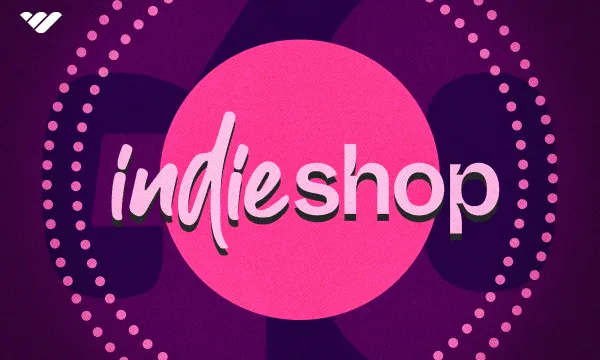In July 2024, Indiegogo announced the full launch of its online ecommerce marketplace, IndieShop. Having spent two months in beta, the new ecommerce platform comes as the latest effort of the crowdfunding giant to support creators in the post-funding stage of their businesses, letting them scale their offerings as soon as they can get their products ready to ship.
In this review, we take a look at what IndieShop is, what it offers, and what you can sell with IndieShop.
What is IndieShop?
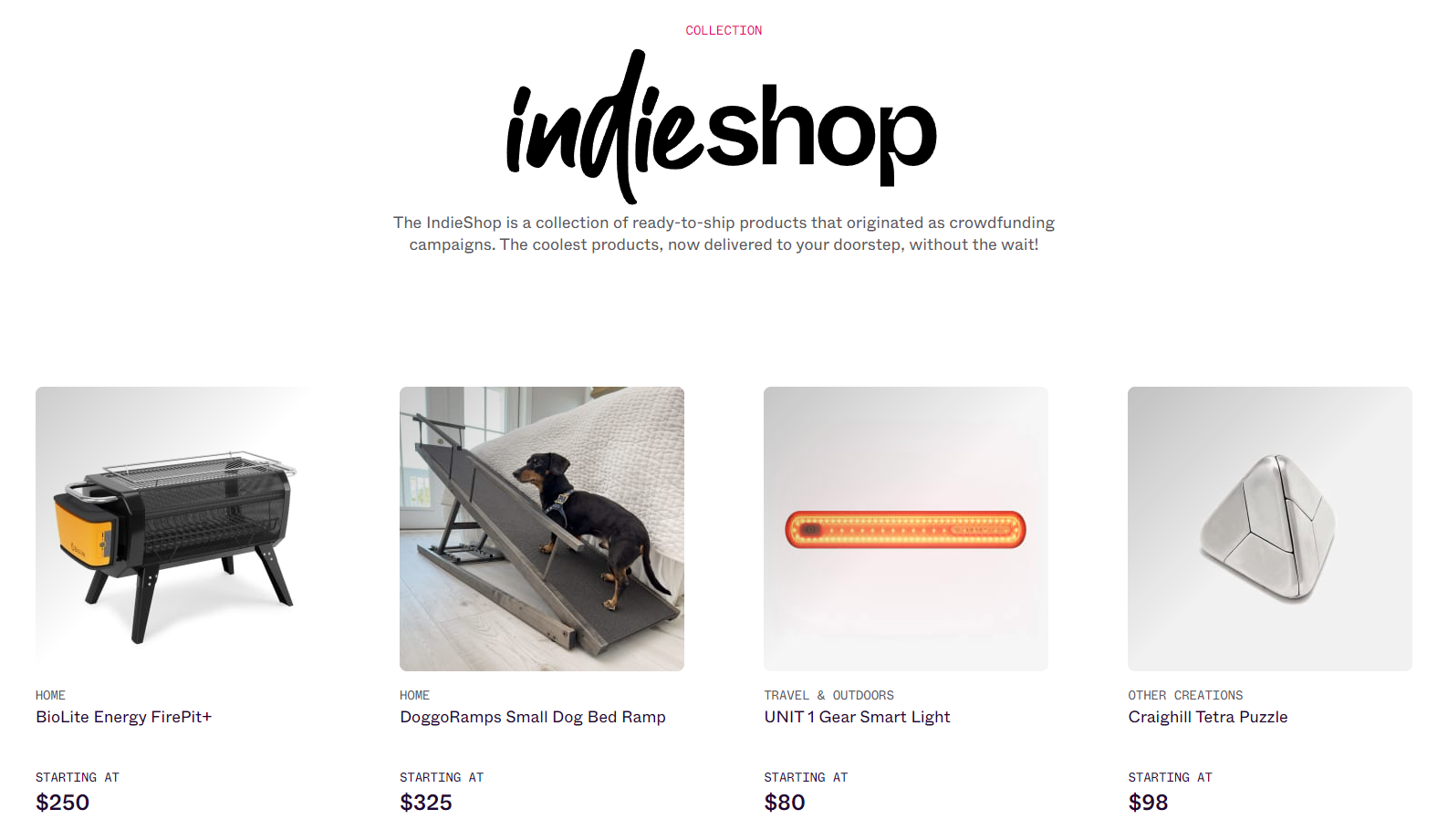
IndieShop is a curated ecommerce marketplace designed to provide consumers with a selection of the top products that have come through Indiegogo’s traditional crowdfunding model.
For creators, this means that Indiegogo doesn’t stop being your platform of choice once crowdfunding’s completed—it offers the option to stay on the platform and market your product on a curated marketplace that’s positioned as offering the best of the best in tech, hardware, and design.
Indiegogo launched IndieShop in beta in May 2024, and as of July showcases a total of 32 products ranging from $9 to $619, across categories such as pet products, travel accessories, kitchenware, audio, and home decor.
Who is IndieShop For?
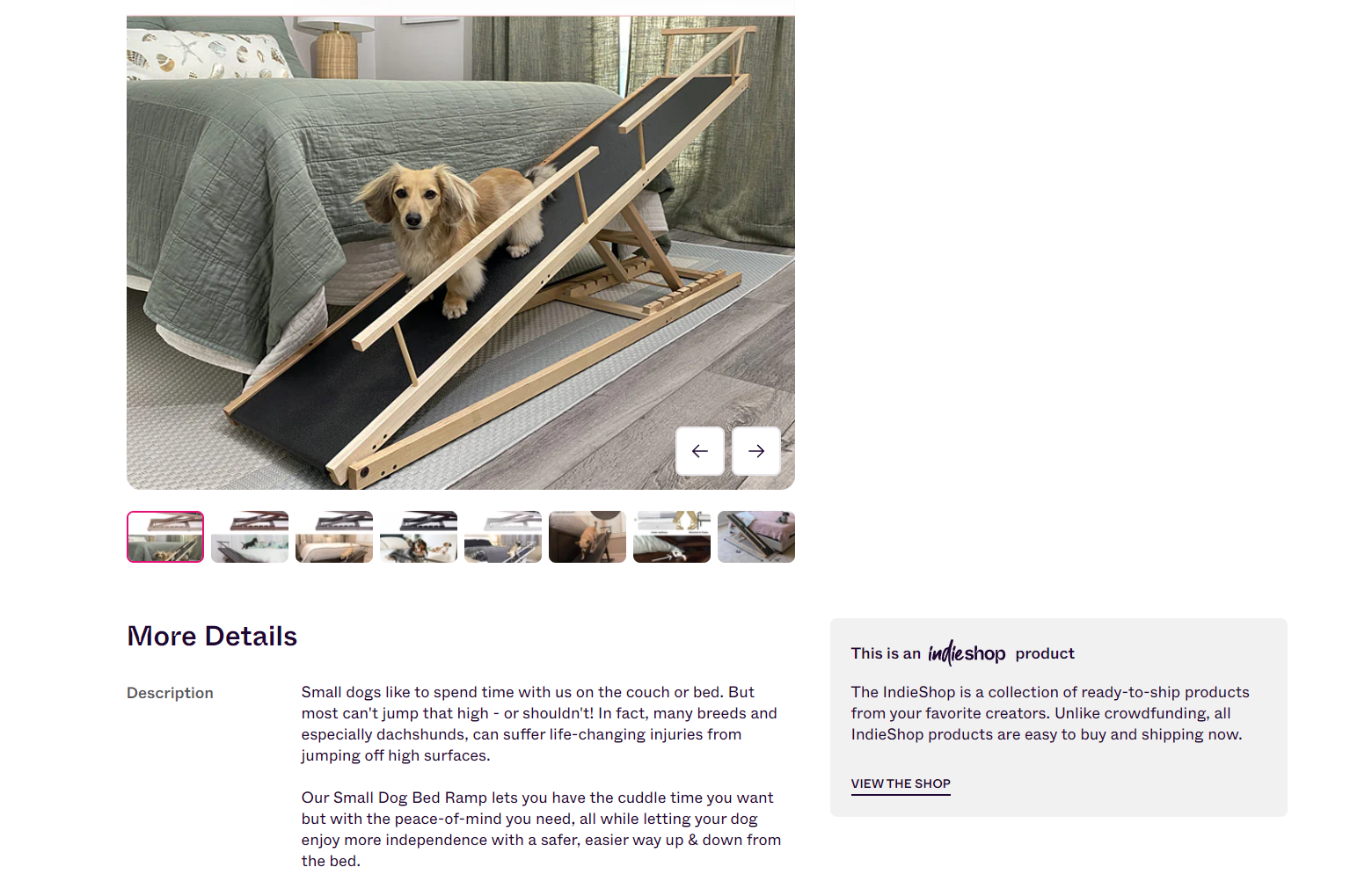
IndieShop is for innovators and creators who want to stay on the Indiegogo platform, which is known to be one of the top options for getting businesses off the ground via crowdfunding. You’re probably going to take advantage of other platforms as well, but IndieShop gives you a way to get your products online quickly and market to the same sort of customer base, early adopters and tech enthusiasts, who helped you bring your ideas to fruition.
You can also apply to list your products on IndieShop if you have crowdfunded elsewhere and use other ecommerce platforms, but the marketplace remains tightly curated as of yet.
Why Would Creators Use IndieShop?
The main advantage of IndieShop is the fact that it allows creators and consumers alike to stay on the Indiegogo platform rather than having to migrate after Indiegogo’s traditional remit of crowdfunding is complete. Shifting across to another ecommerce platform in order to scale can be quite challenging, so there’s an opportunity to remove the pains of that process by selling on IndieShop.
Given that the platform is one of the leaders in crowdfunding, it’s visited by millions of early adopters willing to see some of these innovative products through to market. That’s exactly the sort of audience a new business needs, and IndieShop aims to leverage its unique consumer base in this manner.
It’s also an extremely good idea in terms of your business pipeline, since you can showcase your ecommerce-ready products in IndieShop right next to the products you’re attempting to crowdfund—this can build trust with backers since they’re presented with proof that you can take projects through to completion.
This isn’t Indiegogo’s first attempt at post-crowdfunding solutions, either. Indiegogo’s InDemand Offering preceded it close to a decade prior, letting creators sell their products as pre-orders and manage customers within the platform.
How Can You Sell on IndieShop?
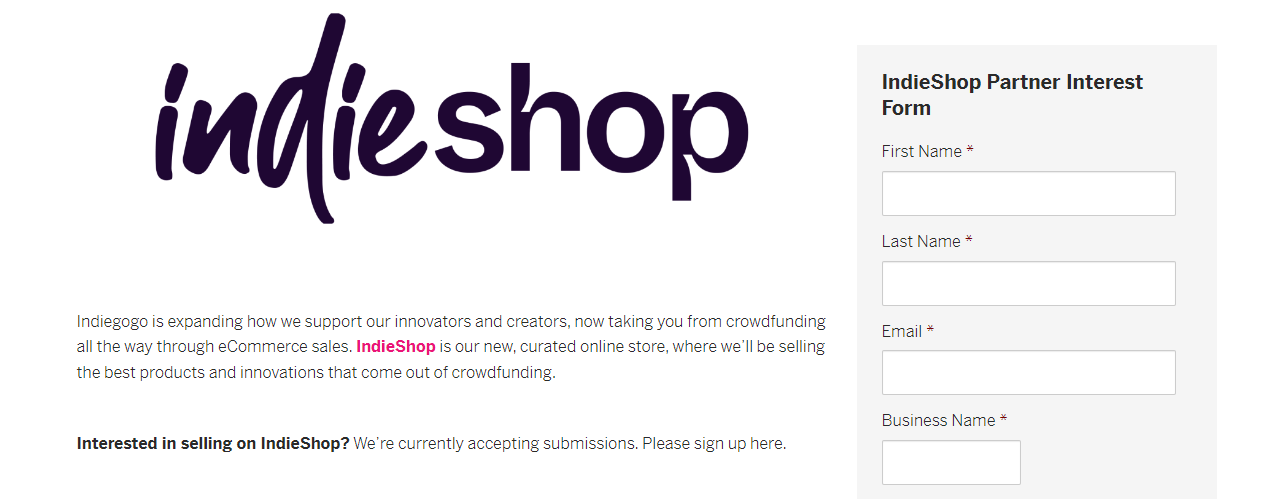
To start selling your products on the IndieShop store, you’ll have to apply to become an IndieShop Partner by submitting the IndieShop Partner Interest Form on the Indiegogo for Entrepreneurs website. You’ll have to specify your contact details, the name and website of your business, and whether or not you are actively fulfilling orders along with links to your products so Indiegogo can check you out. All you can do then is wait to hear back from the Indiegogo team.
What Features Does IndieShop Have?
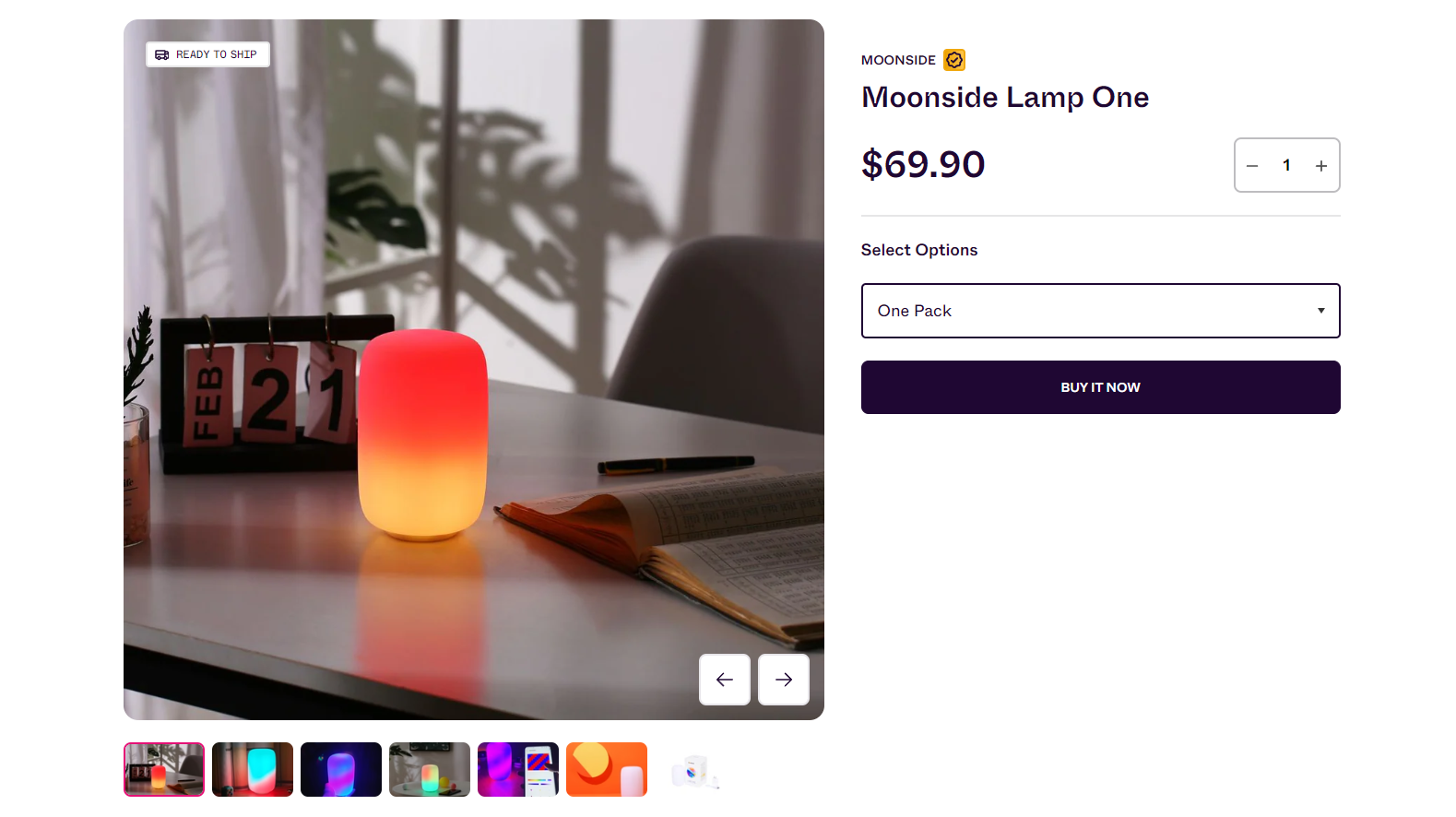
IndieShop offers a crisp, clean look and an excellent showcase for featured products, with this new design being optimized for design as well as conversion. In addition to that, the new ecommerce platform’s main feature is that it allows consumers to purchase products which are in-stock and ready to ship.
This may not sound like much, but one of the core issues with the crowdfunding model is that it often take a long time for products to get into backers’ hands—and then scaling is a whole new challenge in and of itself, meaning that even after the campaign, it’s often difficult or even impossible to get hold of the products until the creators find scaling solutions, platforms, and put all of their ducks in a row.
Some customers also often fail to move along when creators shift to another platform to sell, so IndieShop offers a way to stay on the platform and retain all of these customers post funding and production.
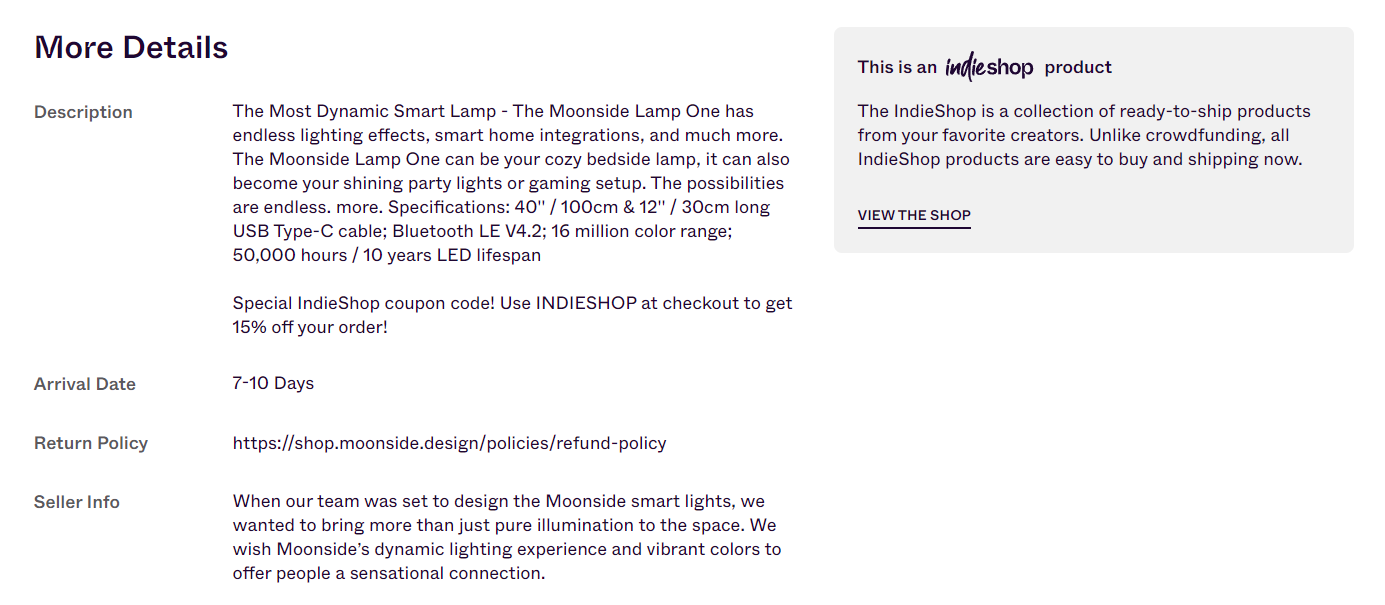
The IndieShop product page features a detailed description that sellers can use for SEO copy, and there’s plenty of emphasis on the seller themselves with an info field, space for the seller’s website, and an additional “About the Seller” section we haven’t pictured above. Crucially, IndieShop also tells you whether the product is in stock, and how long it’ll take to arrive once you finalize your order.
How does IndieShop Stack Up as an Online Store?
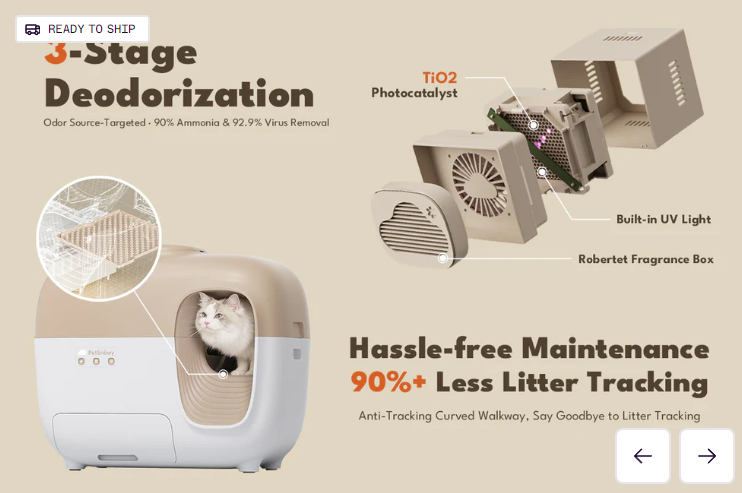
IndieShop is already a compelling ecommerce option, featuring an extremely easy to use interface and clean design that’s part of the company’s design revamp intended to boost conversions. From a seller’s perspective, the platform does a good job of underlining who’s behind the product—there’s far more emphasis on the seller or creator’s branding than you’ll find on many other ecommerce sites.
The platform already features discount codes and plenty of room for sellers to play with SEO copy, so the marketing basics are on point, and when it comes to payments there are several options to pick from including the much-requested Pay Over Time feature.
However, IndieShop remains a curated platform, which means actually getting your products listed on the marketplace is a matter of contacting Indiegogo and getting approved. This takes time, whether you’re successful or not, and the platform is a little sparse with information when it comes to listing eligibility requirements as of yet.
Currently, the main down-side of IndieShop is the fact that it’s got such a sparse selection of products on offer, but this number will grow as more and more sellers start to get approval and have their products listed. It’s also worth noting that sellers themselves get a profile on IndieShop but not a digital store page of their own, although it’s likely that features like this or a way to view a catalog of a seller’s IndieShop products (it is possible to view their crowdfunding campaigns) will be added.
Can You Sell Digital Products on IndieShop?
It is possible to run a crowdfunding campaign for a variety of digital products on Indiegogo so it should be able to translate the finished product to IndieShop. However, IndieShop currently features only physical products which are in stock and ready to ship.
If you have a digital product to sell, it’s worth considering a more established marketplace with all of the infrastructure in place to help you reach your business goals. Digital entrepreneurs today are choosing Whop, an all-in-one platform that allows you to get set up in minutes and start selling any sort of digital product you want.
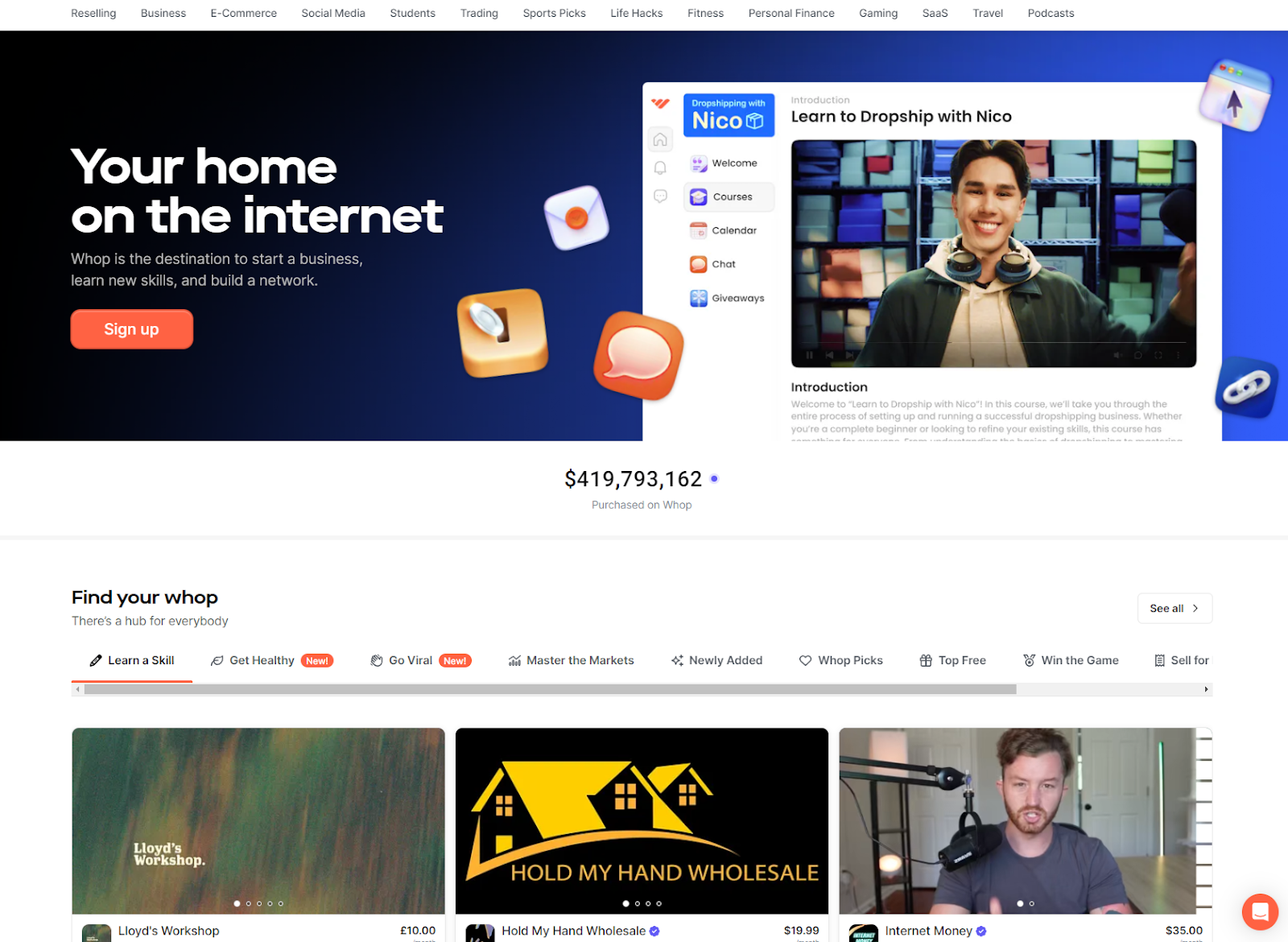
From courses to communities, coaching, digital downloads, social media expertise, life hacks and reselling, Whop gives you your own digital store, processes payments, provides customer service, and gives you an all-in-one package that’s hard to beat.
IndieShop is a great new entry to the physical product market, but for everything digital, there’s Whop.
